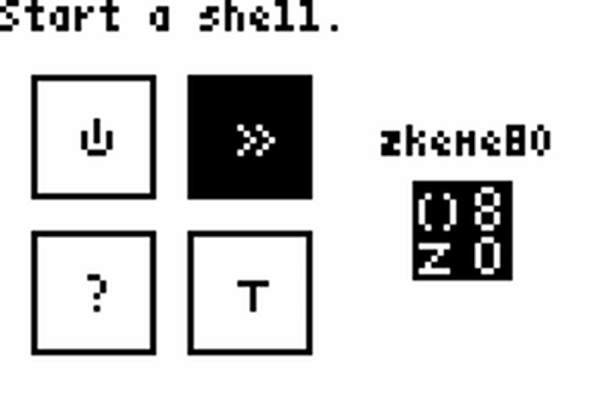Who among us hasn’t dreamed of having some brainstorm idea, prototyping it, and then have some huge company put it into worldwide production? The problem is, that’s not really as easy as it sounds in most cases. Take the case of Robert Kearns. Never heard of him? You use the result of one of his patents pretty often; Kearns invented the intermittent windshield wiper.
If he had sold the patent to one of the big carmakers, this would be a short article. Not that he didn’t try. But it didn’t go very well and while, in the end, he prevailed, it was a very expensive victory.
Continue reading “The Back And Forth Of Windshield Wipers And Patent Lawsuits”


















